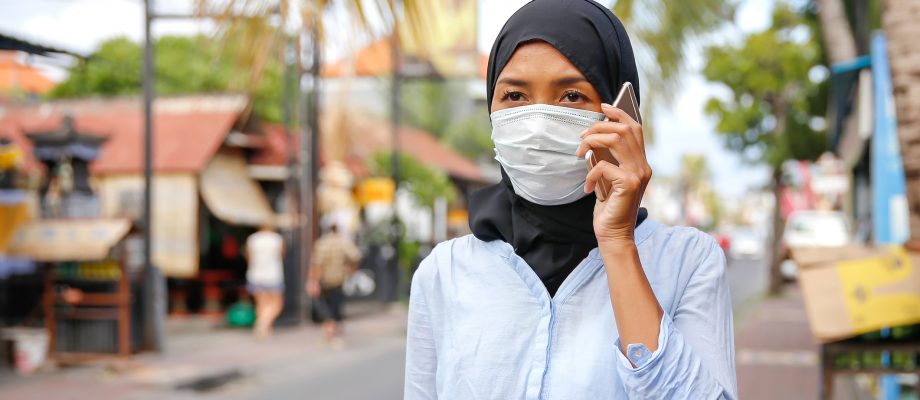STUDENTS. Many of Sahlgrenska Academy’s students on international exchanges were able to get home before the borders closed and the quarantine began. Nineteen students are still abroad and the international coordinator at Sahlgrenska Academy International Office is staying in regular contact with them.
International exchanges have come to a sudden halt because of the pandemic. All planned exchanges have been stopped and most of the over 60 students who were on exchanges when the pandemic broke out are now home in Sweden. Since the pandemic began, the international coordinator at Sahlgrenska Academy International Office (SAIO) is staying in regular contact with our exchange students.
Insurance provides excellent coverage

“In general, I feel like the students are relaxed and not at all as stressed as you might think they would be. Instead they are chilling and staying informed on what applies for them. It’s impressive, and something they should be commended on,” according to Ida Mattiasson, the international coordinator assigned by Sahlgrenska Academy to coordinate SAIO’s efforts during the pandemic.
In the beginning of the pandemic, 66 students from several programs at Sahlgrenska Academy were on or about to start exchanges, but for some of them, their exchanges were stopped before they even left. The exchanges the university is involved in include excellent insurance.
“The insurance includes a service that provides help around the clock, which they can contact to arrange travel, find alternative travel routes and help them in other ways. We thought the insurance was very good, and now when it is being used, it has lived up to our expectations.”
Twenty students on exchanges
Currently (Friday April 3), 19 students are still abroad. These students are studying to become pharmacists, occupational therapists, medical doctors and nurses, and some students are studying on the master’s program in global health. They are in Australia, Finland, Ghana, Indonesia, Japan, Nepal, Norway, Rwanda and the United States.
“All of these countries are more or less impacted by the pandemic. We are maintaining regular contact with them so that we know where they are and how they are doing at their location,” says Mattiasson, who adds that some of the students have also chosen to continue with their studies where they are.
“In the Nordic countries and Australia, distance education is taking place just like here at home, and depending on which higher education institution they are at and what they are doing during their exchange, some of our students can continue taking part in their studies.
Exchanges cut in half
Normally, around one hundred Sahlgrenska Academy students take part in exchanges every semester, but this spring semester a majority have been cancelled or cut short. For employee exchanges, the crisis and disaster group that works at the central level within the university is responsible for contacts.
What do you think will be the most important lesson after the pandemic, from your perspective at SAIO?
“It’s been useful to see that the insurance has worked in providing protection for our outgoing students. It’s also particularly clear how important it is that cooperation works well among the different functions at the university and among colleagues. When this is over, we will need to discuss and analyze how we can change our approach to handling similar situations even better in the future.”
TEXT: ELIN LINDSTRÖM











